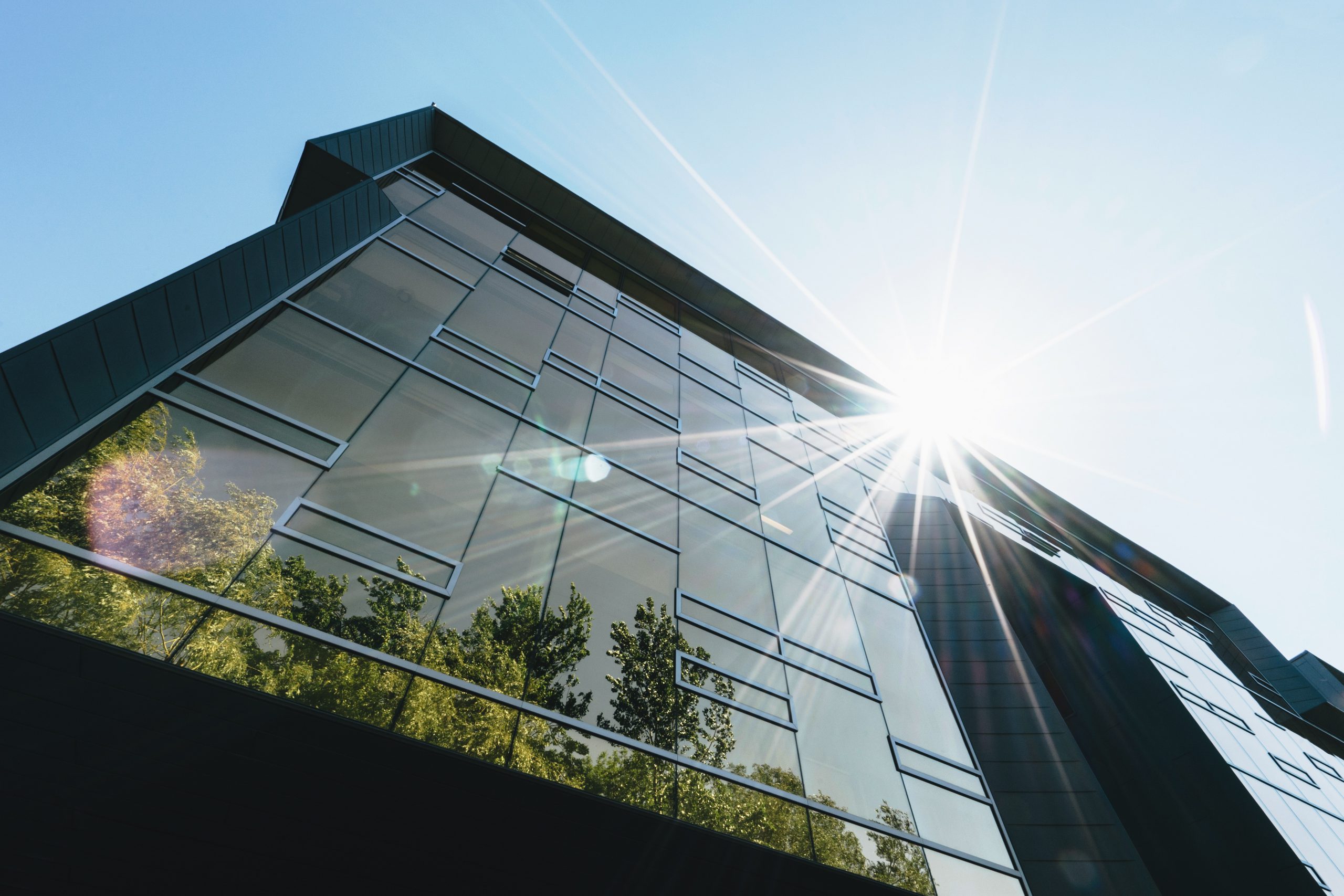Sustainable, environmentally-friendly business practices have become a focus for many enterprises around the world, including real estate and construction. Green architecture and building methods are not as difficult to incorporate as they may seem.
Former CEO of Starkey Construction, and Real Estate professional in Montgomery, Texas, Bill Starkey says it can be as simple as using renewable energy sources or sustainably sourced design materials. The important thing is to be responsible stewards of the planet and its resources. So whether you are constructing a new home or a skyscraper, here is how you “go green” on your next building project.
Energy Sources
The days of electricity produced solely by mined natural gas or coal are coming to an end. Harnessing solar energy has grown tremendously in recent years, as have hydro and wind power, biomass, and geothermal methods of energy production. These more sustainable processes are becoming easier to incorporate into a whole-building-system plan and, if connected to the established power grid, have the opportunity to save you some money as well through energy buy-back programs.
Roofing
Especially in dense city populations, rooftops can be a massive strain on the environment by attracting and radiating heat, contributing to the urban heat island effect. Using sustainable roofing materials and practices on old and new construction alike is an easy fix. You can replace your typical tar underlayments with synthetic materials that won’t break down at the same rate and produce less volatile organic compounds (VOCs) or install cool roof systems that reflect the solar energy heating the structure. Green roofs are another innovation gaining more traction in energy efficiency. Grass, flowers, or other greenery planted atop a roof provides insulation to the building below and improves the air quality outside.
Water-Saving
There are many new technologies and processes that reduce the amount of water any building needs. For example, dual flush toilets allow for less water to be used when flushing. Incorporating these into new designs or replacing old fixtures is a fairly easy change to make. Collecting water through Rainwater harvesting systems for potable and non-potable purposes is also a great water-saving technology. The designs range from simple barrel collections to massive structures with purification capabilities. Along those same lines is greywater plumbing; this is reusing the water that has flowed through sinks, showers, or other water sources (except the toilet) for irrigation purposes or flushing toilets.
Building Materials
The harvesting, production, transportation, and use of certain building materials account for 11 % of the world’s greenhouse gas (GHG) emissions and this number is projected to rise exponentially. These are products like concrete, steel, wood, and carpet used in nearly all construction endeavors. Luckily, developing what is being called “Carbon-Smart” materials has made significant headway. Alternatives to the typical building materials are being analyzed for their embodied carbon emissions and utilized to reduce the GHG effects of new construction.
More efforts are being put toward sustainable, green building now than there have been in years past. The future is looking bright for conservation efforts within this industry.







![Read more about the article Essential SMS and Email Tips: 5 Strategies You Can Implement Now [Free Webinar on February 15th]](https://blog.digitalsevaa.com/wp-content/uploads/2022/02/linkedin-copy-2-700x366-300x157.png)


